- Hardcover: 174 pages
- Publisher: Elsevier; 1 edition (May 3, 2016)
- Language: English.
- Format: PDF Original
- ==========================+======================
-
Note : We will send ebook download link after confirmation of payment via paypal success
Payment methods: Visa or master card (Paypal)
Management of Hemostasis and Coagulopathies for Surgical and Critically Ill Patients: An Evidence-Based Approach 1st Edition
$10
by Andy D. Nguyen (Author), Amitava Dasgupta (Author), Amer Wahed (Author)
-
-
- Focuses on the clinical tests that may be done during preoperative assessment, intraoperative, and postoperative assessment and management
- Explains new decision-support software developed by the authors as a tool for the management of bleeding patients
- Reviews common coagulation based tests (indication and interpretation) that are used to assist in the management of bleeding patients
- Provides an overview of various blood products, pharmacotherapeutic agents, antiplatelets, and anticoagulants, their usage strategy, indications, and therapy goals
-
Management of Hemostasis and Coagulopathies for Surgical and Critically Ill Patients: An Evidence-Based Approach 1st Edition
by Andy D. Nguyen (Author), Amitava Dasgupta (Author), Amer Wahed (Author)
Management of Hemostasis and Coagulopathies for Surgical and Critically Ill Patients: An Evidence-Based Approach offers a concise guide to a sub-specialty of transfusion medicine from the clinical laboratory perspective. It focuses on the clinical tests that may be done during preoperative assessment, intraoperative, and postoperative assessment and management of surgical or critically ill patients. Management of hemostasis and coagulopathies is approached from an evidence-based perspective―the coagulation status of a patient according to the laboratory test results. Algorithms and decision-support software, designed by the authors, guide clinicians with an additional tool to base transfusion dosage on specific laboratory results, including the use of an artificial neural network for predicting more accurate blood use.
Chapters reflect the experience of all three authors who have successfully applied the algorithm for better patient management as well as decreased wastage of expensive blood products, from both the clinical laboratory/pathology and clinical medicine perspective. This book will appeal to a broad section of clinical laboratory and medical practitioners from hematopathology, to internal medicine, surgery, and anesthesiology. For hematopathologists and pathologists who are involved in laboratory medicine and transfusion medicine, this book will help them understand the proper utilization of blood products and how to avoid unnecessary waste and costs for the hospital. For general surgery practitioners, this book will provide practical guidelines on how to use blood products rationally for best medical practice. Internists will also gain insight from this book, learning which patients are at higher risk of bleeding during surgery so that they can alert their clinical colleagues.
Product Details |
Related Products
Pharmacology Books
Pharmacology Books
Pharmacology Books
Clinical Psychopharmacology: Principles and Practice (Original PDF from Publisher)
Pharmacology Books
Pharmacology Books
Secrets From A Herbalist’s Garden: A Magical Year of Plant Remedies (EPUB)
Pharmacology Books
Drug Design using Machine Learning (Original PDF from Publisher)
Pharmacology Books
Pharmacology Books
Applied Pharmaceutics in Contemporary Compounding, 4e (Original PDF from Publisher)
Pharmacology Books
Pharm Phlash!: Pharmacology Flash Cards, 3rd Edition (Original PDF from Publisher)
Pharmacology Books
Pharmacy Calculations, 6th Edition (Original PDF from Publisher)
Pharmacology Books
Student Workbook for Pharmacology Made Simple (Original PDF from Publisher)
Pharmacology Books
Core Concepts in Pharmacology, 5th Edition (Original PDF from Publisher)
Pharmacology Books
2022 Nurse’s Drug Handbook, 21th Edition (Original PDF from Publisher)
Pharmacology Books
Pharmacology for Paramedics, 2nd Edition (Original PDF from Publisher)
Pharmacology Books
Flaxseed: Evidence-based Cardiovascular and other Medicinal Benefits (EPUB)
Pharmacology Books
Drugs and the FDA: Safety, Efficacy, and the Public’s Trust (EPUB)
Pharmacology Books
Discoveries in Pharmacology – Volume 1 – Nervous system and hormones 2022 Original PDF
Pharmacology Books
Textbook of Pharmacology – Prasan Bhandari 2022 Original PDF
Pharmacology Books
Pharmacology Books
Pharmacology of Drug Stereoisomers (Progress in Drug Research, 76) 2022 Original PDF
Pharmacology Books
Pharmacology Books
Current Drug Synthesis (Wiley Series on Drug Synthesis) 1st Edition 2022 Original pdf
Pharmacology Books
Pharmacology Books
Phytoantioxidants and Nanotherapeutics 2022 epub+converted pdf
Pharmacology Books
Drugs, Behavior, and Modern Society, 9th Edition 2022 Original PDF
Pharmacology Books
Pharmacology Books
Pharmacology Books
Pharmacology Books
Innovations in Fermentation and Phytopharmaceutical Technologies 2022 Original PDF
Pharmacology Books
Pharmacology Books
Drugs in American Society , 11th Edition 2022 Epub+converted pdf
Pharmacology Books
The Pharmacy Technician Workbook & Certification Review, 7th Edition 2020 Original PDF
Pharmacology Books
Pharmacology Books
Nanocosmeceuticals: Innovation, Application, and Safety 2022 Original PDF
Pharmacology Books
Edmunds’ Pharmacology for the Primary Care Provider, 5th Edition 2022 Original PDF
Pharmacology Books
Drug Delivery Systems for Metabolic Disorders 2022 Original PDF
Pharmacology Books
Drugs in American Society, 10th Edition 2019 epub+converted pdf
Pharmacology Books
Pharmacology Books
Materia Medica of New and Old Homeopathic Medicines, 3rd Edition 2022 Original PDF
Pharmacology Books
Lippincott Illustrated Reviews: Pharmacology, Eighth Edition 2022 epub+converted pdf
Pharmacology Books
Pharmacology and the Nursing Process,10th Edition 2022 Original PDF
Pharmacology Books
Study Guide for Pharmacology and the Nursing Process,10th Edition 2022 Original PDF
Pharmacology Books

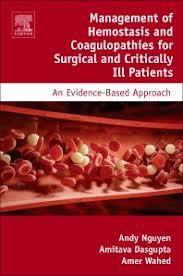
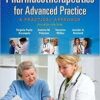
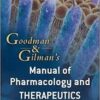
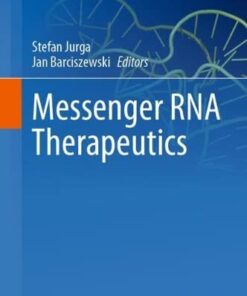
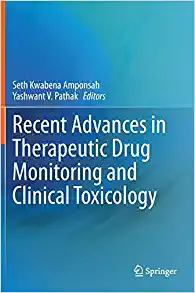
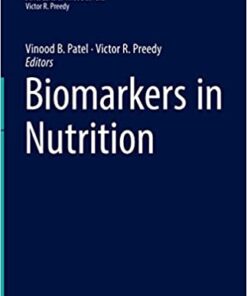
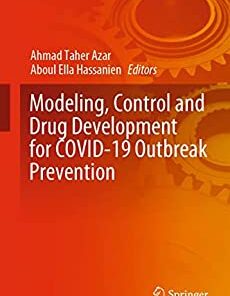



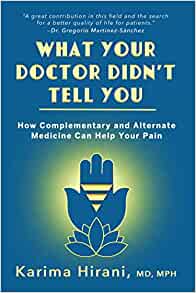
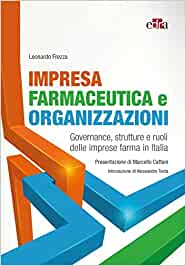


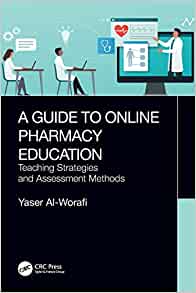
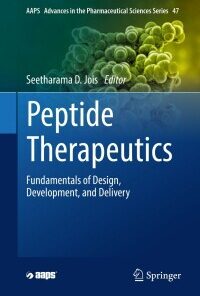

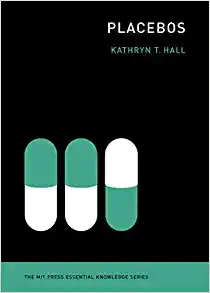
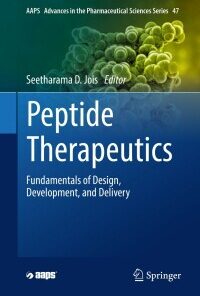
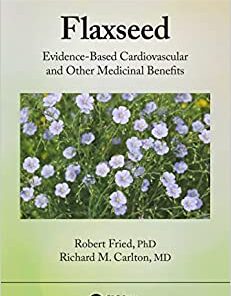

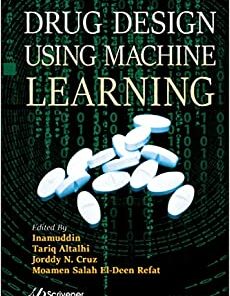
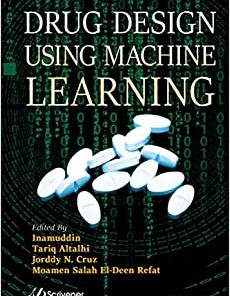
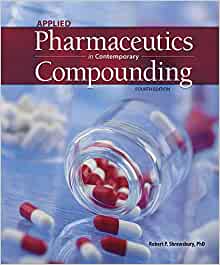

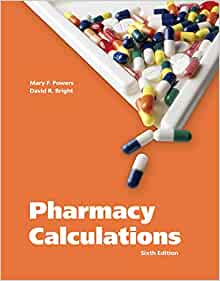

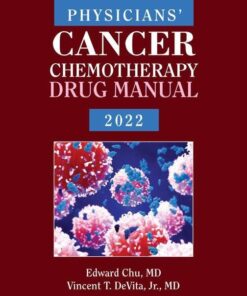
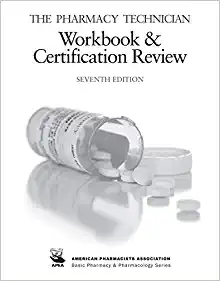



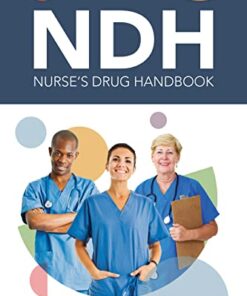
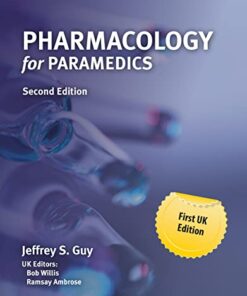
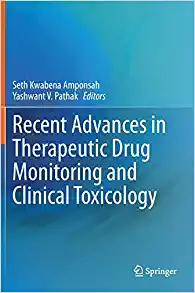
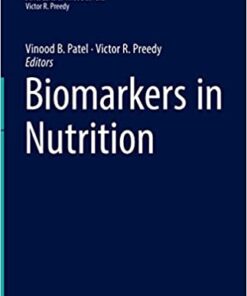
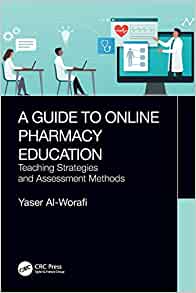
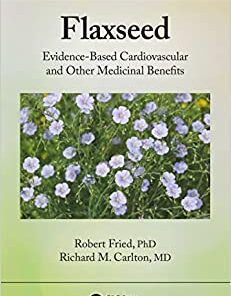

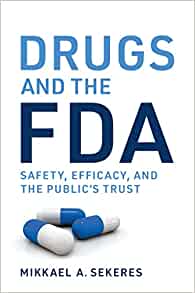
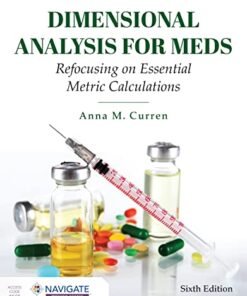

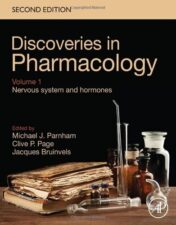
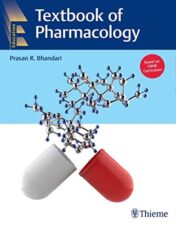





















![Pharmacology: Connections to Nursing Practice [RENTAL EDITION], 5th Edition 2021 Original PDF](https://surgerybooks.net/wp-content/uploads/2022/09/9780137659166-1-176x225-1.jpg)




































